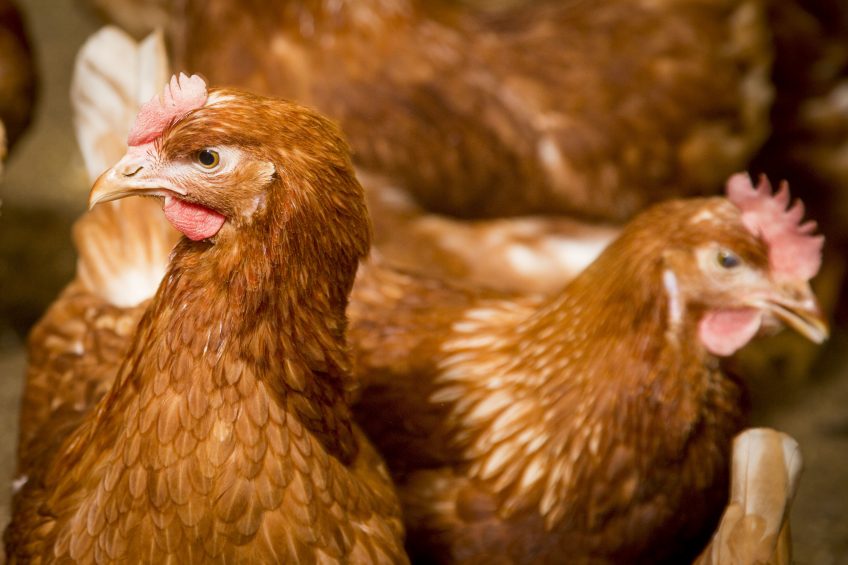Better preparing hens for cage-free living

Identifying the relationship between rearing environment and keel-bone strength on commercial farms and then on a smaller scale could help prepare hens for cage-free living.
Researchers at the University of California, Davis, will be leading efforts to explore whether complex rearing systems for chicks can reduce bone fractures.
Funded by a $432,000 grant from the Foundation for Food and Agriculture Research, the project will measure whether an active upbringing can help chicks deliver stronger bones, as well as cognitive and navigational abilities.
¾ of all US hens cage-free by 2016
The US research comes at a time when consumers are clamouring for cage-free eggs and producers scrambling to meet the demand. While just 16% of all hens last year were in caged-free production, the US Department for Agriculture expects about three-quarters of all laying hens to be cage free by 2026 to meet market demand.
Higher risk of broken bones in birds
But with cage-free housing comes the added risk of collisions and broken bones due to birds misjudging the distance between perches and platforms and collisions with other birds.
Birds need better navigational skills
Maja M. Makagon, an assistant professor with the UC Davis Department of Animal Science, said that if hens possessed improved navigational skills they would be less likely to collide with other birds on route to food and water.
Keel bone fractures have of course been prevalent for decades but incidences are rising due to more flocks being raised in open, multi-tiered systems and the fact that today’s hens are not especially adroit at flying.
Housing for first 16 weeks of a chick’s life
Researchers already know that keel bone fractures are painful. Research has shown that when given a choice of feed, hens with broken bones will select feed laced with anti-inflammatory medication. There is also evidence that fractures can affect egg production.
Farmers have various ways of raising chicks in the first 16 weeks of life, with some rearing chicks in flat, enclosed spaces, like on a barn floor, and others raised in multi-tiered systems.
First signs of disease often show at the feather cover and skin, skeleton issues. Check out this interactive tool.
Relationship between keel-bone damage and environment
Makagon and her team will test whether birds reared in more complex, multi-tiered settings will fare better in cage-free housing.
“We hypothesise that if you expose birds to environments that are vertical in nature, 2 things will happen: keel bones will develop stronger and birds will be better at navigating space,” she said.
The team will measure the prevalence of keel-bone damage on a broad scale at commercial farms in the US and identify the relationship between rearing environment and keel-bone strength.
The researchers will then conduct similar tests on a small scale at UC Davis, rearing chicks in pens with different levels of vertical complexity and evaluate how that affects keel-bone development and a bird’s cognitive and navigational skills.
Project team
Project members on the team will include Suzanne Millmann, professor of biomedical sciences at Iowa University; John Tarlton, a professor of regenerative medicine at the University of Bristol and Michael Toscano, group leader at the Centre for Proper Housing: Poultry and Rabbits at the University of Bern, Switzerland.












